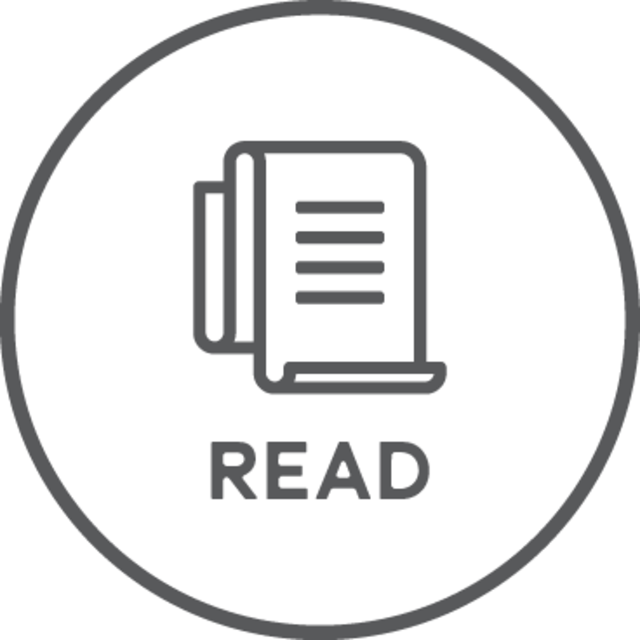
As associations, technology suppliers, and recyclers work to improve recovery at end of life, brands are starting the process earlier in the chain. At Danone, that means rethinking everything from materials and format to recovery and reuse. In a session at Packaging World’s 2025 Packaging Recycling Summit, Kory Nook, VP of packaging research and innovation at Danone, laid out a path forward, rooted in consumer expectations, system-wide collaboration, and iterative but intentional change.
Danone, one of the world’s largest food and beverage companies, has set ambitious 2030 goals. It has committed to halving its carbon footprint from packaging, cutting virgin fossil-based plastics in half, and ensuring that 100% of its packaging is reusable, recyclable, or compostable. That last part, Nook noted, is focused squarely on recyclability. “We talk a lot about reusable, compostable. Those are still emerging. They’re also still failing,” he said, pointing to lingering issues around performance and scalability.
 | Read this related article, “Danone Adds Refreshed How2Recycle with Dynamic, Localized Recycle Check” |
To move the needle, Danone has embraced a value-chain approach. That means working across sourcing, manufacturing, distribution, and end-of-life, not just tweaking packaging specs in isolation. “You really have to look at all three of those to get to four,” Nook said, referring to the need to align consumer acceptance, supply chain readiness, and brand strategy in order to create solutions that actually scale.
Some of Danone’s recent launches show what that looks like in practice. For its International Delight creamer, the company replaced an HDPE bottle and PETG label with a PET bottle and CPET shrink sleeve. The bottles are now blow-molded in-house, which reduces emissions resulting from transport of empty packaging, and are now fully recyclable. “The consumer doesn’t have to peel the label off. They throw it in the bin,” Nook explained. The result: better recyclability, a lower carbon footprint, a lighter weight, and improved visual appeal, all while reducing freight and handling costs.
 Danone
Danone
On the yogurt side, the company has simplified the multi-component cup for its Dannon Light + Fit brand into a polypropylene cup with a biaxially oriented PP label, reducing packaging elements by nearly half. “Fully recyclable, lower cost—win, win, win,” Nook said.
Another yogurt package redesign, for Oikos Pro, involved a move from a heavier cup to a lighter one that delivers the same functionality with significantly less plastic. “It’s like six blue whales of plastic weight saved across our entire portfolio in North America,” he added.
Still, not every transformation is easy or profitable from the start. Moving from polystyrene to PET or PP cups, for example, requires major investment and buy-in from brand teams. “If I say, ‘I need ten million bucks to launch a bottle that’s better for the planet but won’t sell more product,’ that’s a hard conversation,” Nook admitted. “But if I show that it lifts brand reputation or improves shelf appeal, resulting in two to three points of growth, for example, that’s how we get there.”
Consumer communication plays a big role, too. Danone has been a longtime user of the How2Recycle label and one of the early adopters of TRP’s RecycleCheck QR code label, a mobile tool that geo-locates recyclability guidance. The goal is to keep reminding consumers and to make recycling as seamless as possible. “If it’s not convenient, I’m not doing it,” he said, calling out the need to nudge behavior through cues on-pack and in-store. “But if I see something, it might make me react. It might move that needle up a tiny bit.”
Because no solution works in isolation, Nook emphasized the need for shared accountability and long-haul partnerships. “If we all spend a little more time building routines, working collectively, being engaged with our communities, and helping each other out,” he said, “we’ll set ourselves up for a better future.” PW


























